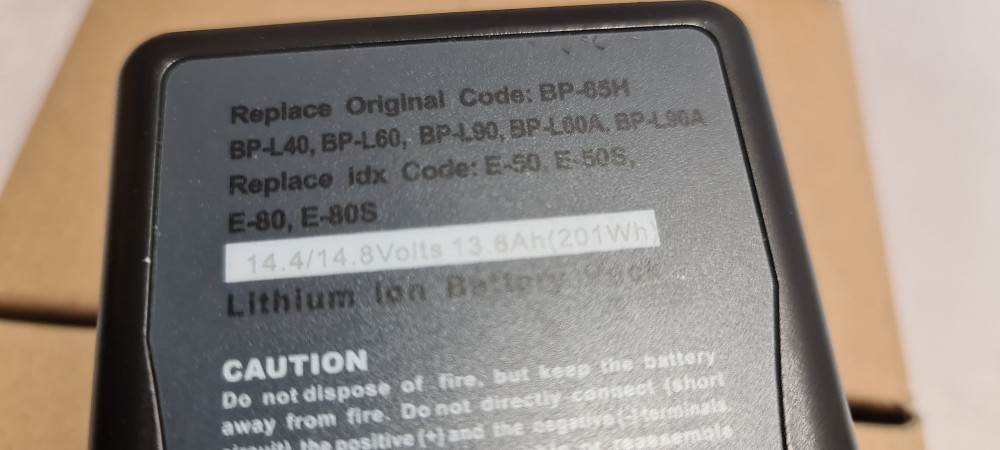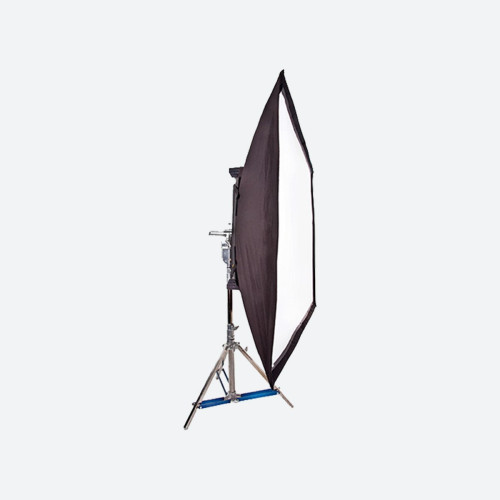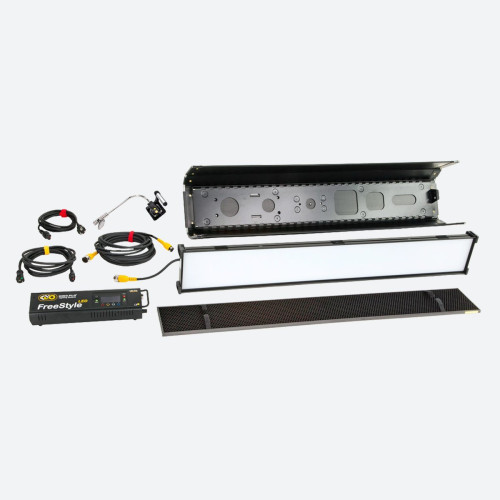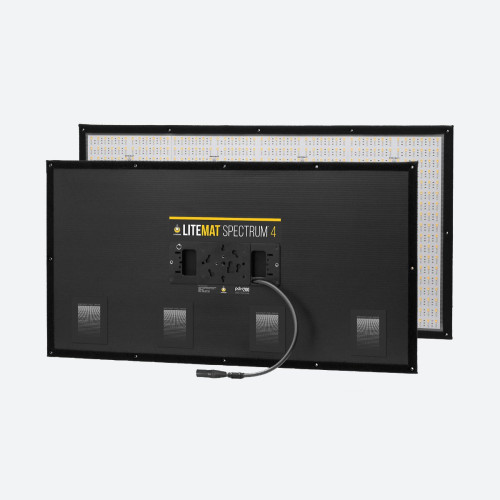by Dr Mark Hodgetts
Issue 79 - July 2013 Photosensitivity is sensitivity to flickering or intermittent light stimulation and visual patterns. It is a condition which affects approximately one in four thousand people. A number of young people have this sensitivity but have not yet had a seizure and therefore have not been diagnosed with the condition. At this age, seizures are terrifying for the individual, deeply distressing for families and friends and profoundly life changing for all concerned. As well as emotional distress, seizures also carry inherent and situational risks which often include physical harm and can, in extreme cases, lead to loss of life. Once triggered, three quarters of patients remain photosensitive for life.
Both natural and artificially occurring light may trigger seizures, but one of the most common triggers for photosensitive epilepsy is the domestic television set. The television set does not cause the photosensitive epilepsy, but watching it can and does trigger seizures in people where the condition is present even though it may be dormant. Other triggers include stroboscopic lighting, illuminated patterns and other forms of stimulation such as video games, digital signage, digital cinema, computer displays and web content.
There are three main stimuli that can trigger photosensitive seizures, bright flashing which involve rapid changes in luminance, colour changes to and from a saturated red, and certain spatial patterns consisting of regular light and dark features. Photosensitive individuals may be sensitive to different levels of stimulation and to all, or just some of the stimuli. In the UK, in response to a Pot Noodles advert in 1993 which was irrefutably found to have caused a number of photosensitive epileptic seizures, the then Independent Television Commission (ITC) introduced its Guidelines for Flashing Images and Regular Patterns.
In December 1997 a childrens Pokemon cartoon episode in Japan produced 685 admissions to hospital. 560 cases were shown to have had proven seizures, triggered by a four second sequence of alternating saturated red and blue light used in the programme. Of those patients, 76% had had no previous history of seizures. This led to the adoption of Guidelines for Flashing Images and Regular Patterns in Television in Japan.
In December 2003, the UK Governments Office of Communications (Ofcom) inherited the duties of the ITC in the UK. They published a Guidance Note for Licensees on Flashing Images and Regular Patterns in Television as part of the licensing conditions for UK broadcasters.
However, even with these guidelines in place, events can still happen. In 2008 the broadcast of a promotional video launching the new logo for the London 2012 Olympics as part of an early morning news program led to 30 reported seizures. Unfortunately this material had not been checked for compliance with the UK Guidelines prior to broadcast. When it was checked on a HardingFPA system, significant levels of non-compliant flashing were detected.
With the march of technology, new sources of imagery, and continual market demands for exciting new visual styles and high impact effects, there is an increasing risk to the public of experiencing a photosensitive epileptic seizure. In response to this and following reports of seizures triggered by hand held video games, in 2008 John Penrose a member of the UK parliament started a campaign to extend the UKs Ofcom Guidelines to cover other sources of video imagery including Video Games, DVDs, digital signage and web based content.
Cambridge Research Systems has developed the market leading Harding FPA Broadcast Flash and Pattern Analyser using sophisticated image processing technology. It analyses material frame-by-frame, in real time or faster, directly from most video sources. It verifies compliance with UKs Ofcom, ITC or Japanese NAB guidelines and warns of any sequences likely to precipitate photosensitive epileptic seizures (PSE), while promoting a safer television viewing environment.
The Harding FPA can be used to check material well in advance of transmission, even during production, so that you can be confident about meeting deadlines and compliance. The information it provides allows greater creative flexibility in adjusting failing sequences to meet both creative and regulatory requirements and the system is available in forms which integrate fully into your workflow.
Visit www.hardingfpa.tv to find out more.
Helping prevent photosensitive epilepsy

Author: Mark Hodgetts
Published 1st August 2013
























